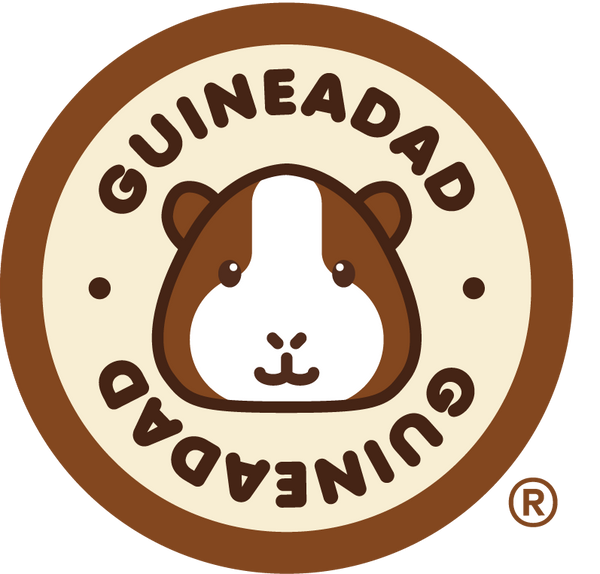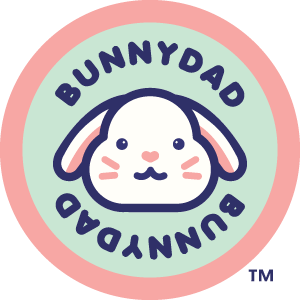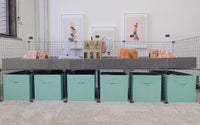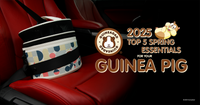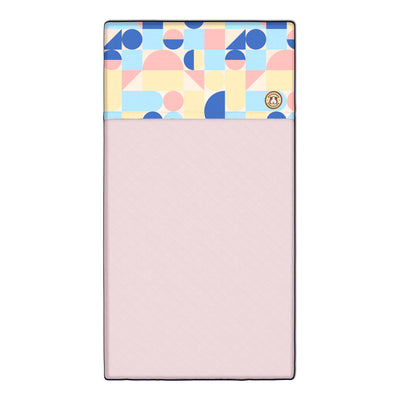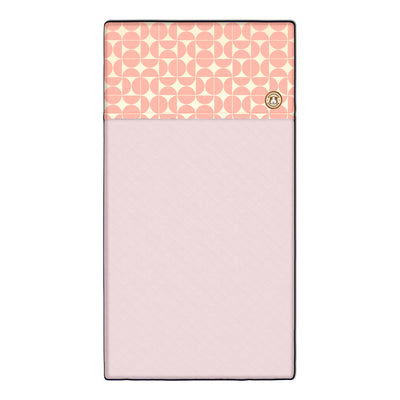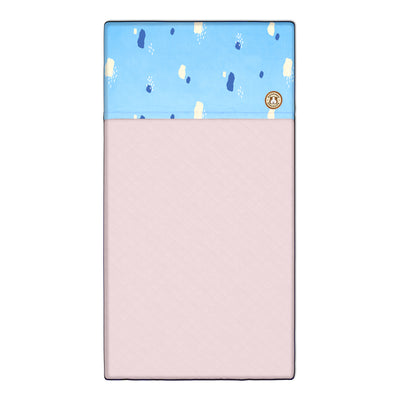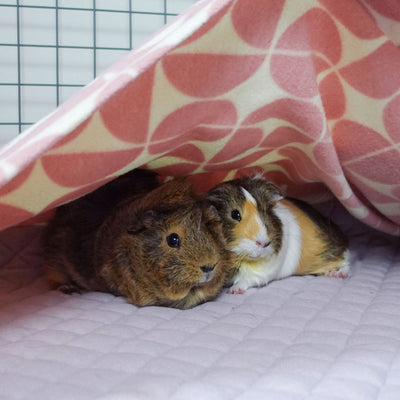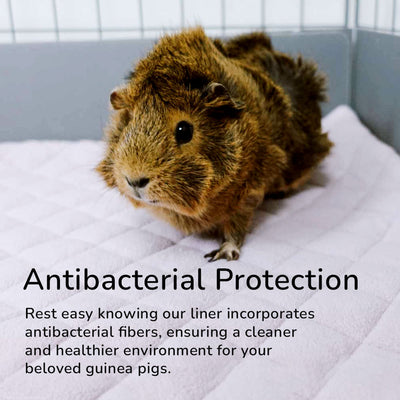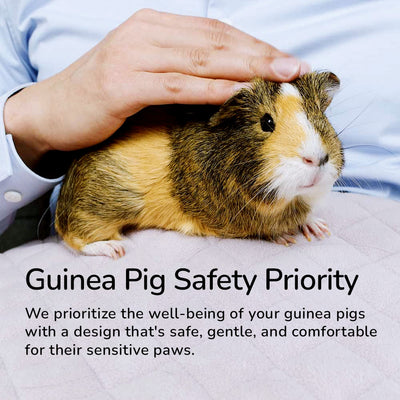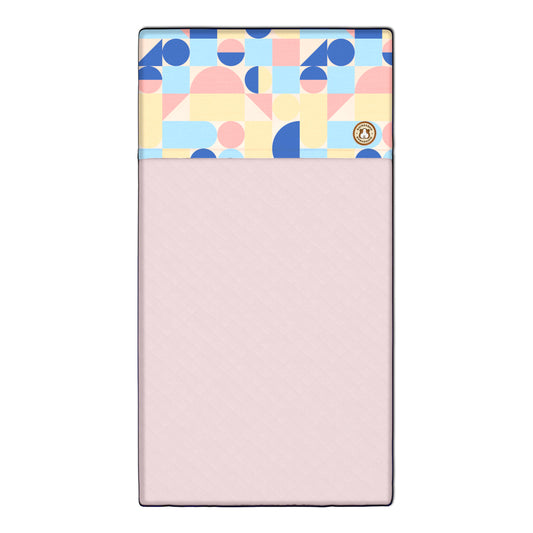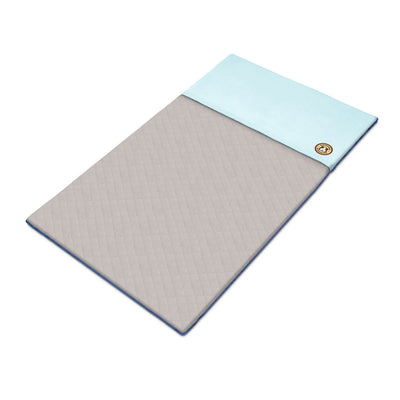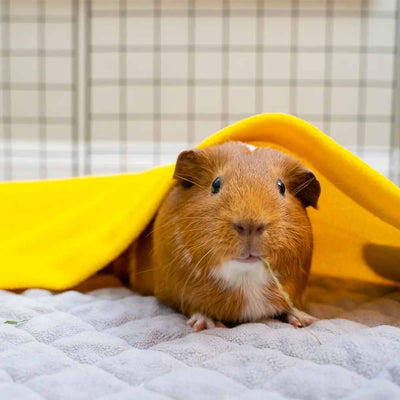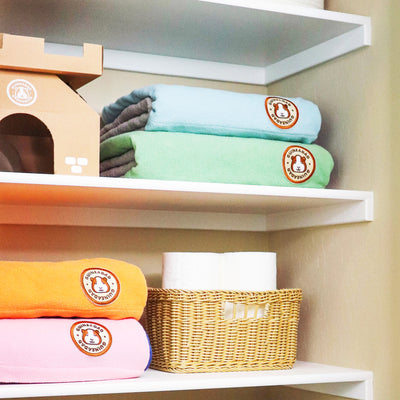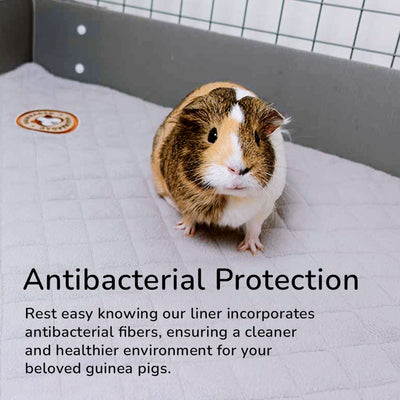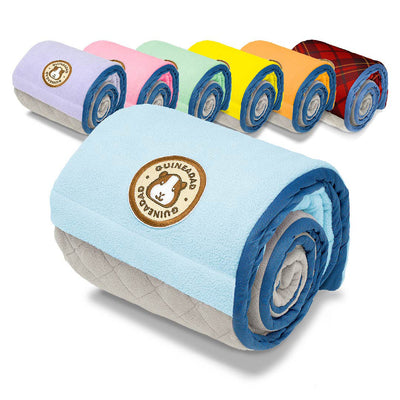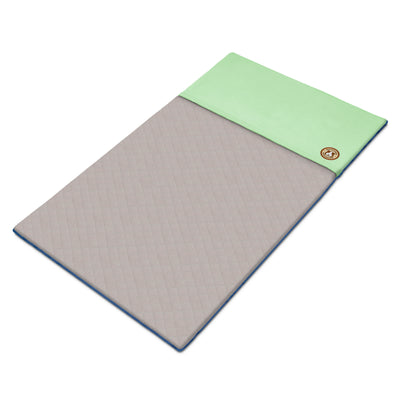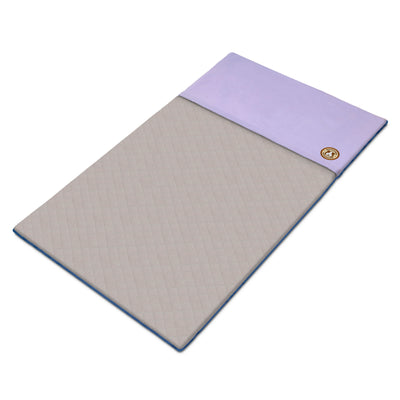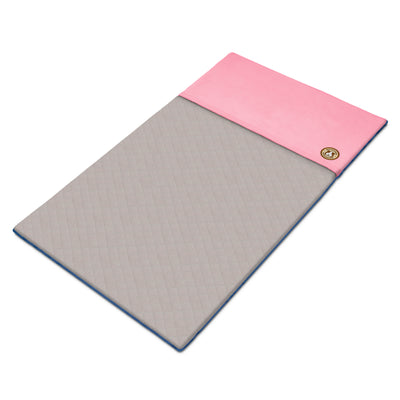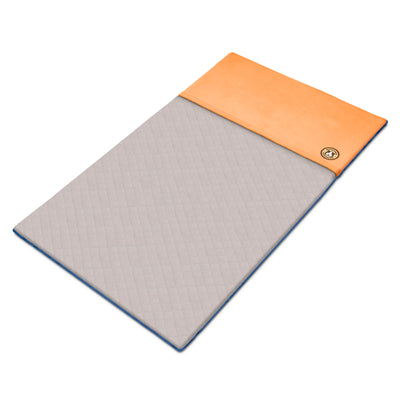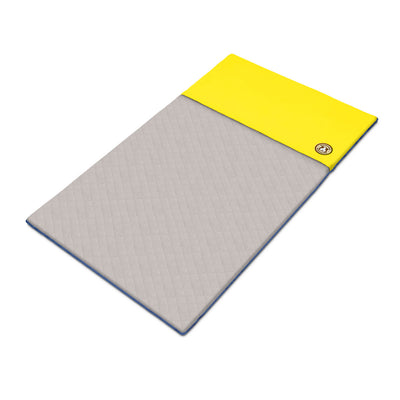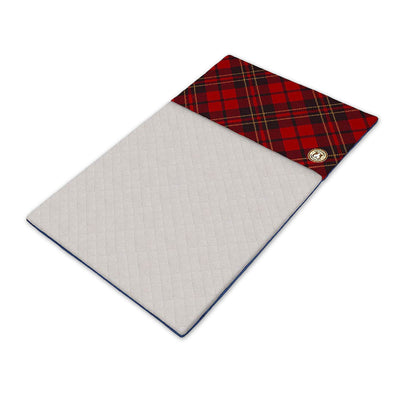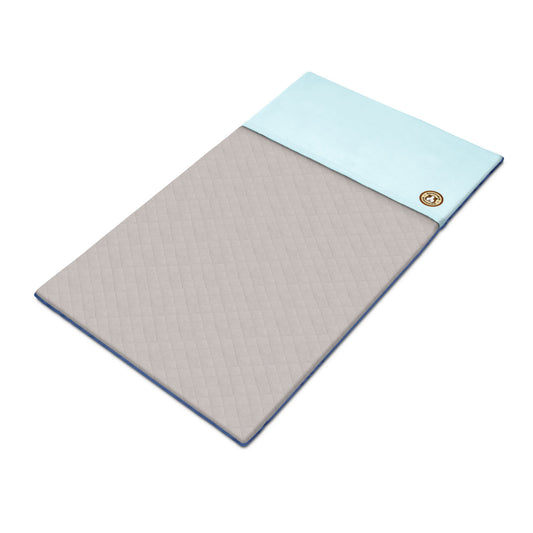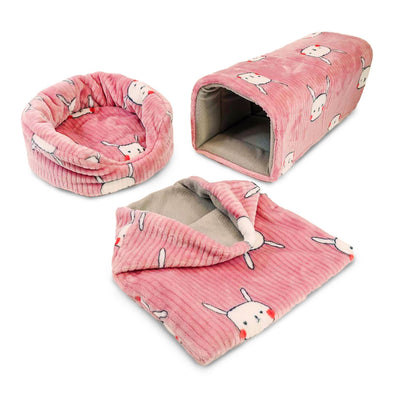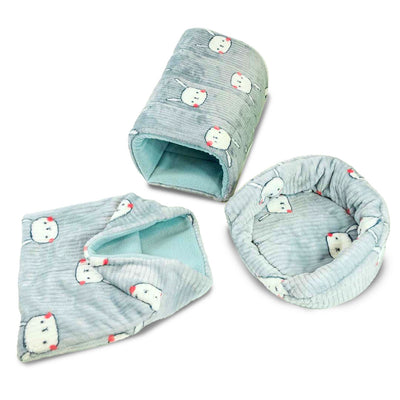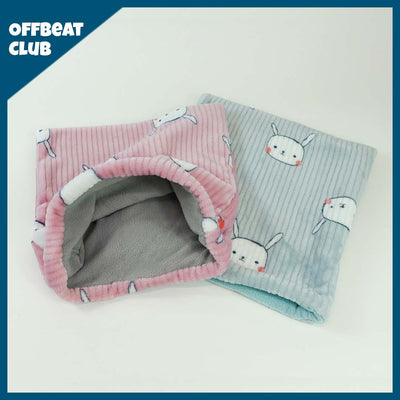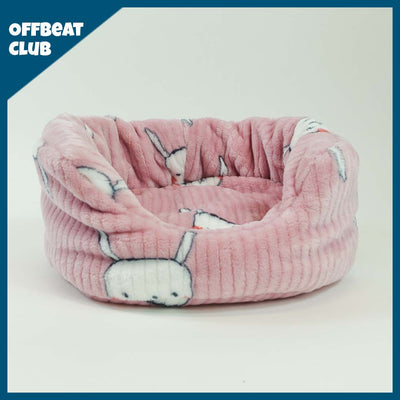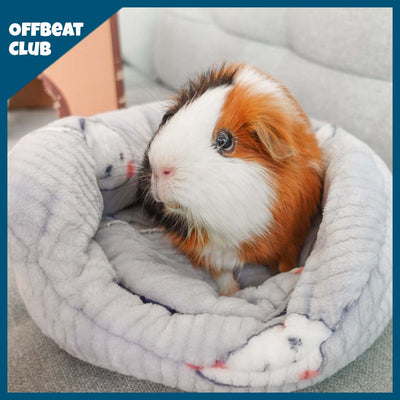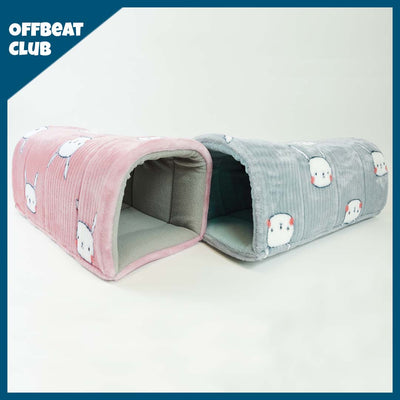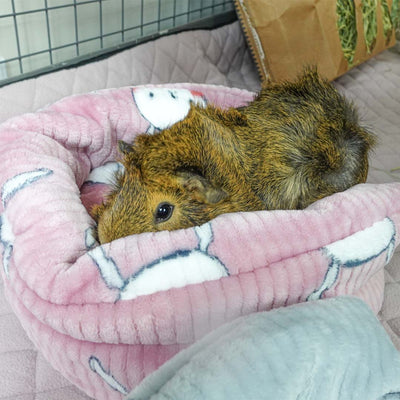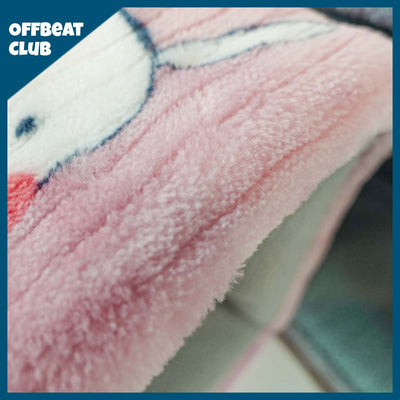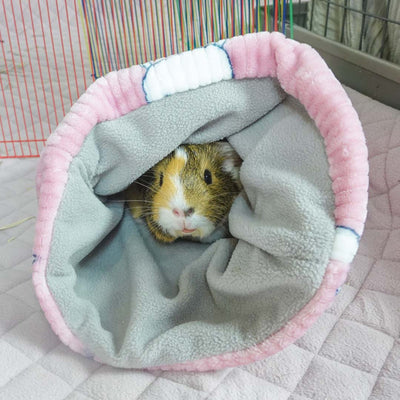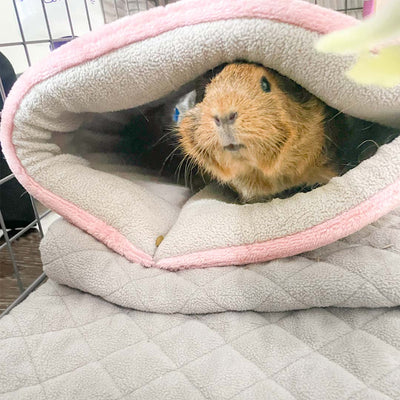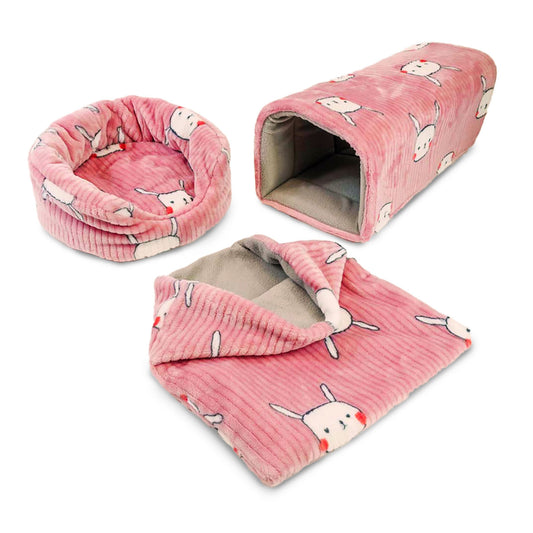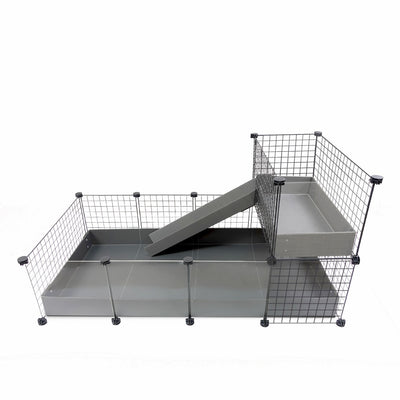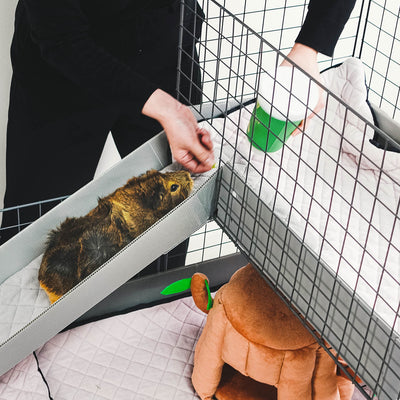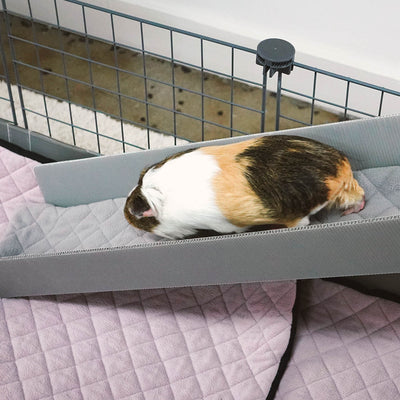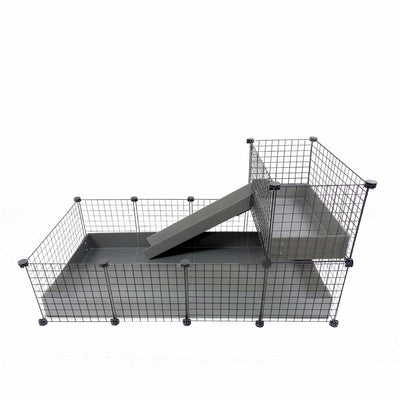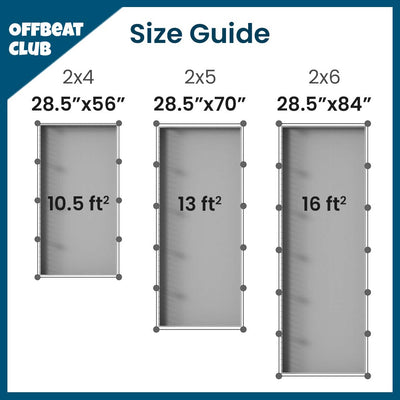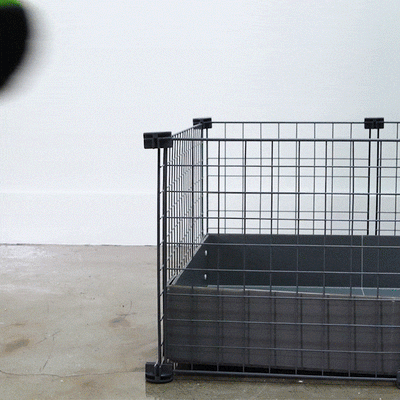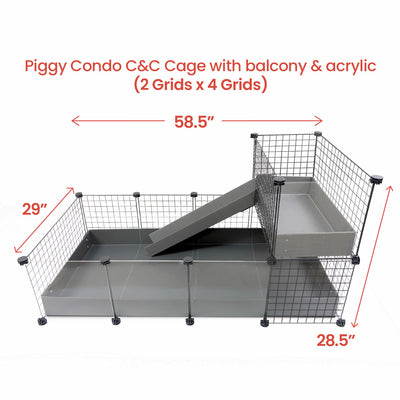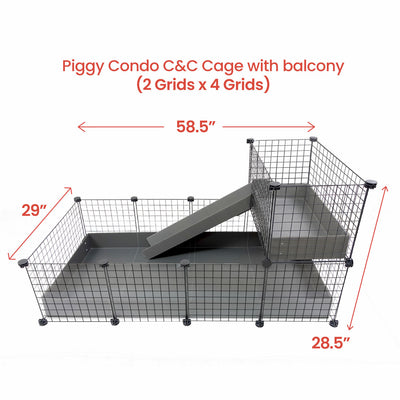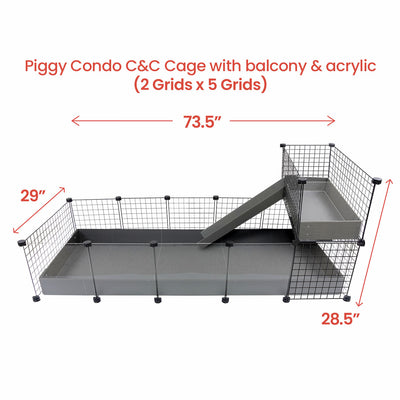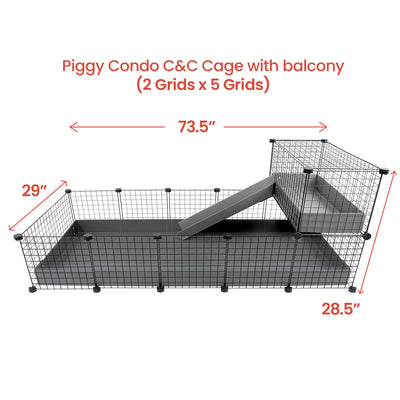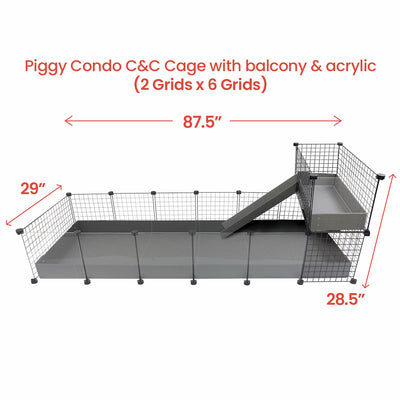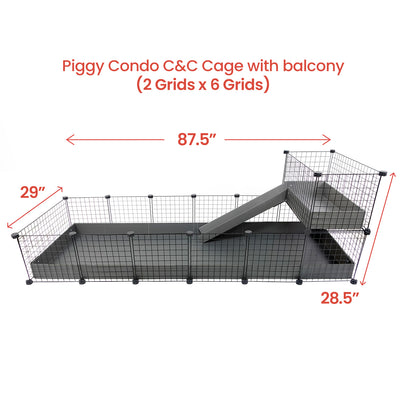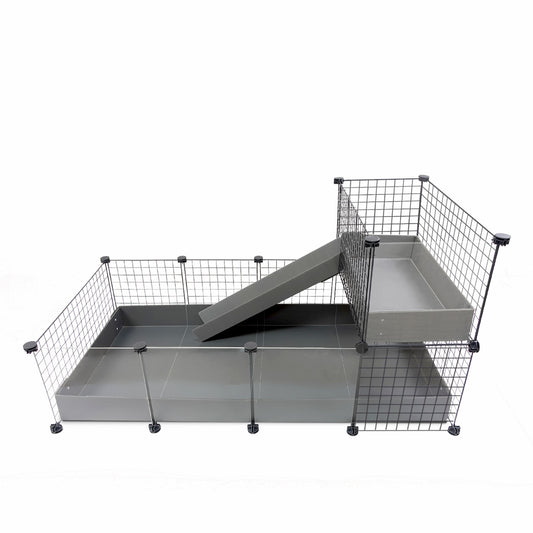Everything could be going fine and dandy with your favorite guinea pig fleece liners until suddenly one day, you pull your fleece guinea pig liner out of the washer or dryer and it smells, well, not great. Or, maybe you’re noticing that your liner isn’t as absorbent anymore! Or maybe the liner has shrunken a bit.
There are explanations for each of these cases, and others! We want to make sure that you’re not only able to solve your liner problems, but also know why they’re happening, so the problems don’t occur again!
We’re happy to answer any questions you may have through our social media, and on top of that, we even have our Help Desk, which has all our answers to the most common answers in one place, no waiting for responses required!
The goal of this blog post is to give a longer, more detailed answer to these types of questions that not only have a solution to the problem, but to educate on how they come to be.
Why does my guinea pig fleece liner smell like pee?
There are a few different ways that this can happen!
Your washing machine’s water level isn’t high enough.
There’s a chance that your washer’s water level isn’t high enough and therefore the liner isn’t getting fully cleaned. If this is the case, we recommend checking the water filter on your washer and ensuring that it’s clean, that there’s nothing blocking it and preventing the water from flowing correctly. If the filter is dirty, we recommend cleaning it with some vinegar mixed with water—vinegar is a natural household disinfectant, so you can use this combination for cleaning other areas of your home as well!
In general, when you’re washing the liners, we recommend throwing in anywhere from ¼ to ½ cup of distilled white vinegar. This will act as a fabric softener and disinfectant that can also help with odor.
In general, the GuineaDad Liners are essentially guinea pig odor control bedding because piggy parents don’t encounter odor unless something is going wrong in the washing process!
We’ve had a few questions where a piggy parent will come to us saying that their washer and their clothes have begun to stink because of washing their liners in the same machine. While we have never had this problem personally, there is a solution. It’s the same—make sure your water filter is clean and unobstructed, and make sure your washer itself is clean. You can disinfect it by utilizing vinegar as well.
The liner was placed into the washing machine incorrectly.
There’s a chance that you might have put the liner into the machine incorrectly by having the liner folded with the blue waterproof side facing outwards. This can cause some problems concerning the liner being washed properly! Because the waterproof side is facing outwards, it won’t absorb any water and it will prevent the other side from getting properly exposed to the water and detergent.
It’s important that the liner’s fleece side is facing outwards and is able to absorb water and detergent, because this is how it will get properly clean. By doing this, your liner should be able to be washed correctly once you’ve made this change.
The Solution
We recommend enacting the solutions for both the causes above and wash normally first to see if that helps—check your water filter and make sure the liner is facing the correct way, then wash. If the urine odor is something that has been going on for a while, rather than it being a first-time occurence, then there’s a chance that you might need to reset your liner by deep cleaning it.
We have a blog post on this, as well as a video tutorial on YouTube if you’d like to learn how to do this visually, but we’ll also include the general steps here.
Step 1: Let your liner soak overnight in warm water.
You can do this in your tub if you have one, or you can use the large buckets that you can get from most hardware stores. Make sure that in either vessel, the water level is high enough for the whole liner to be soaked. In the case of the tub, the liner should be laying flat and spread out. In the bucket, it will be folded to fit. Just like with your washing machine, make sure that the blue waterproof side is facing inwards!
Step 2: After soaking, wring the liner out.
It’s important to get as much water out as possible. A good way to do this on your own if you don’t have another person to help, is to place it on the tub floor or your shower floor and roll it up with the waterproof side facing inwards so you can smush the liner down and push all the water out.
Step 3: Wash as normal
You can follow the washing directions that are here. If you bought your GuineaDad Liner a while ago, your care instructions might not be updated for the best practices that we’ve discovered over time! The main change is that the liners should be washed in either cold, cool, or warm water.
Drying should always be done in a low or no-heat setting, and then air dried the rest of the way.

What do I do if my liner shrinks?
One of the main causes of shrinkage comes from excessive heat exposure. In our cute little comic book style washing manual, it states that you should use warm water to wash the liner. As mentioned previously, if your liner is a bit older, the older washing manual may have some different instructions. This is due to the fact that we’ve figured out the best practices over time as we’ve improved our products.
Therefore, if you had been using hot water or drying the liners with heat, this may have been contributing to the shrinkage. We have a method for stretching your liner back out!
The Solution
Step 1: Follow the steps for deep cleaning your liner.
You can scroll up and find those in the previous section, but briefly: soak your liner in warm water overnight, wring out the water, then wash as normal. Do not dry until you complete the next step.
Step 2: Stretch out your liner.
Once your liner is done in the washer, do this step while it’s still wet. This will be easier if you have another person to help you! You and your liner-stretching partner should hold onto the liner from opposite sides and stretch it out by pulling from different angles all around the liner. This will help form it back to it’s original size and shape.
Step 3: Dry your liner
Make sure to dry your liner in the dryer on low heat, or even no heat if you have the option! Once it has gone through the dryer once, it might not be dry all the way. This is where you will need to dry your liner by draping it over a chair in your home and letting it air dry. (No radiators!) Or, if you want to dry your liner outside, make sure it’s placed in an area where there’s no sunlight!
Sunlight is a source of heat, especially if the sun is beating down on it for hours on end. This will basically reverse the stretching that you and your partner have broken a sweat doing!
My liner isn’t absorbing and urine is pooling on the surface.
The solution for this is going to be the same as if you’re unable to get rid of the urine smell. However, we want to make sure to explain the reasoning behind why the absorbency has been affected.
The two biggest reasons behind liners not absorbing properly is heat exposure, as well as the excessive use of detergent! We know how tempting it might be to use a bunch of detergent because we figure the more detergent we use, the cleaner our clothes and liners will be, right? However, that isn’t the case!
Too much detergent will clog up in the fibers and in the fabric over all, and then, let’s say you dry it with a heat setting—double whammy! It’s important not to use too much detergent, and to never use heat when drying them. The heat will lock in the detergent clog!
As mentioned before, the solution to this will be the same as the one for getting rid of any lingering odor from your guinea pig fleece. You’ll need to follow the deep cleaning instructions, which involve soaking the liner. For this, we recommend soaking the liner at least overnight, to really “loosen” the detergent clog.
When washing your liner normally after the soaking process, make sure to only use the recommended amount of detergent listed on the packing as suggested by the manufacturer! We always say to throw in some vinegar when washing as well as a fabric softener and natural disinfectant.
A few other things to check are the water filter for any obstruction and to make sure it’s clean, make sure the blue waterproof side of the liner is the one facing inwards, and make sure you’re not using water that is hotter than the warm temperature setting.
When drying, make sure to set it at the lowest temperature setting as possible, or if your machine has a no-heat setting, utilize that.
Proper care ensures a long-lasting liner!
Our GuineaDad Liners are already perfect on their own, and the key to making sure that they stay that way for years is by making sure that you’re taking care of them properly!
The GuineaDad Liner is the safest and best bedding choice for guinea pigs because of their ultra-absorbency, their softness and gentle care for your guinea pig’s feet, and their role in infection prevention.
We want to make sure that your liner works perfectly for you every time—no stinky odors, no shrinkage, and no potty mishaps. Make sure you’re following the directions that come with your liner and making sure you don’t expose the liner to any excessive amounts of heat, and your liner and your piggies (and you) will be just fine!
Just a reminder—Clean, healthy bedding is one of the best ways to ensure that your guinea pig stays happy and healthy. When your guinea pig cage is clean and well taken care of, you’re a step closer to keeping your guinea pig just as safe as they are comfortable.
Learn more!
